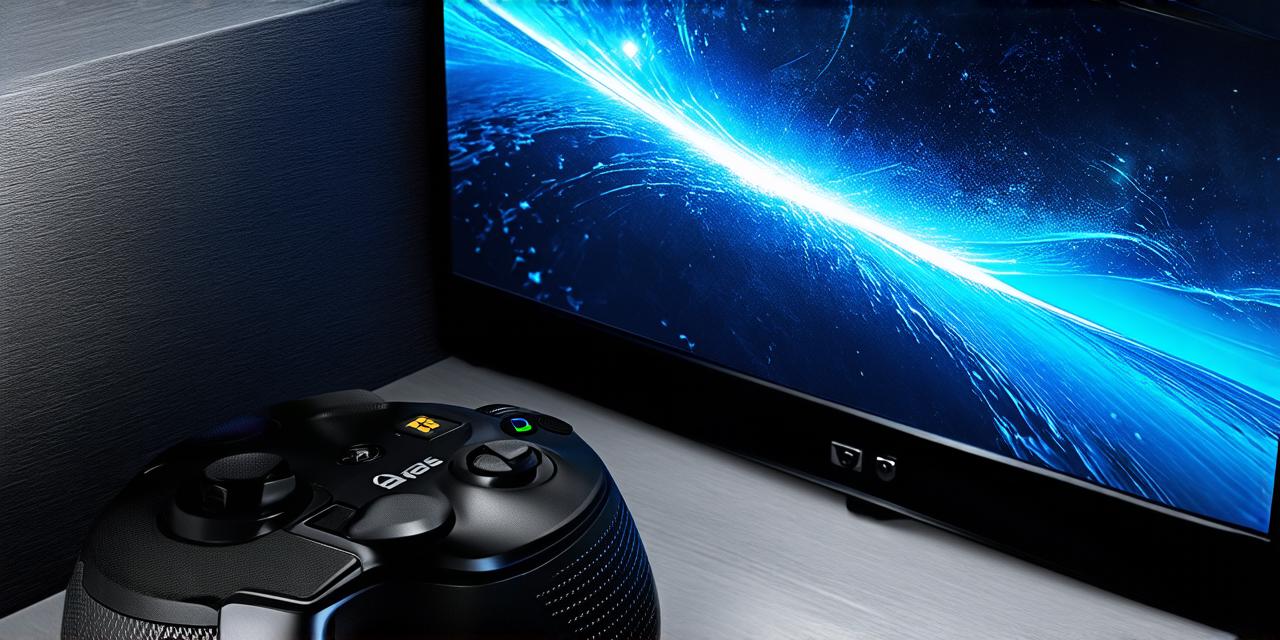As a game developer, you know that the power consumption of your devices plays an important role in the overall efficiency and sustainability of your gaming setup. One of the key factors to consider is the power usage of your TV, which can vary depending on the type of TV and the video game console you’re using.
The Impact of TV Type and Console on Power Usage
There are many factors that can affect the power consumption of a TV connected to a video game console. One of the most important is the type of TV you’re using. For example, an LED or LCD TV will typically consume more power than an OLED TV due to their lighting systems and display technology.
Additionally, TVs with higher refresh rates and larger screen sizes will generally consume more power than lower-end models.
Another important factor is the video game console you’re using. The PlayStation 5, for example, can consume up to 80 watts when in use, while the Xbox Series X can consume up to 120 watts. However, these values can vary depending on a number of factors, such as the specific console model and any additional peripherals you may be using.
Optimizing Your Setup for Maximum Efficiency
Now that we have a better understanding of what affects the power consumption of your TV connected to a video game system, let’s explore some tips and tricks for optimizing your setup for maximum efficiency.
- Use Energy-Saving Modes: Many modern TVs come with energy-saving modes that can help reduce power consumption when you’re not actively watching TV or playing games. These modes often involve adjusting the display settings and turning off certain features, such as the LED backlighting.
- Unplug Peripherals When Not in Use: If you have additional peripherals connected to your TV, such as a soundbar or gaming controller, be sure to unplug them when they’re not in use. This can help reduce the overall power consumption of your setup and save energy.
- Use a Power Strip: Using a power strip to manage all of your devices can make it easier to turn everything on and off at once, and can also help you monitor the overall power consumption of your setup more easily. Additionally, some power strips come with features like surge protection and remote control, which can make them even more convenient to use.
- Consider Alternative Displays: If you’re looking to reduce the power consumption of your TV connected to a video game system, consider using an alternative display device, such as a monitor or projector. These devices often consume less power than TVs and can be just as effective for gaming.
FAQs
Q: What is the average power consumption of a TV connected to a video game console?
A: The average power consumption of a TV connected to a video game console can vary widely depending on the type and model of both the TV and the console. However, in general, you can expect a TV connected to a gaming console to consume between 50-120 watts when in use.
Q: Can I reduce the power consumption of my TV by using an alternative display device?
A: Yes, using an alternative display device, such as a monitor or projector, can help reduce the power consumption of your TV connected to a video game console. These devices often consume less power than TVs and can be just as effective for gaming.
Q: How do I know if my TV is in energy-saving mode?
A: To check if your TV is in energy-saving mode, look for the energy-saving settings in your TV’s menu. These settings may include options like “Eco Mode” or “Power Saving,” which can help reduce power consumption when you’re not actively watching TV or playing games.

